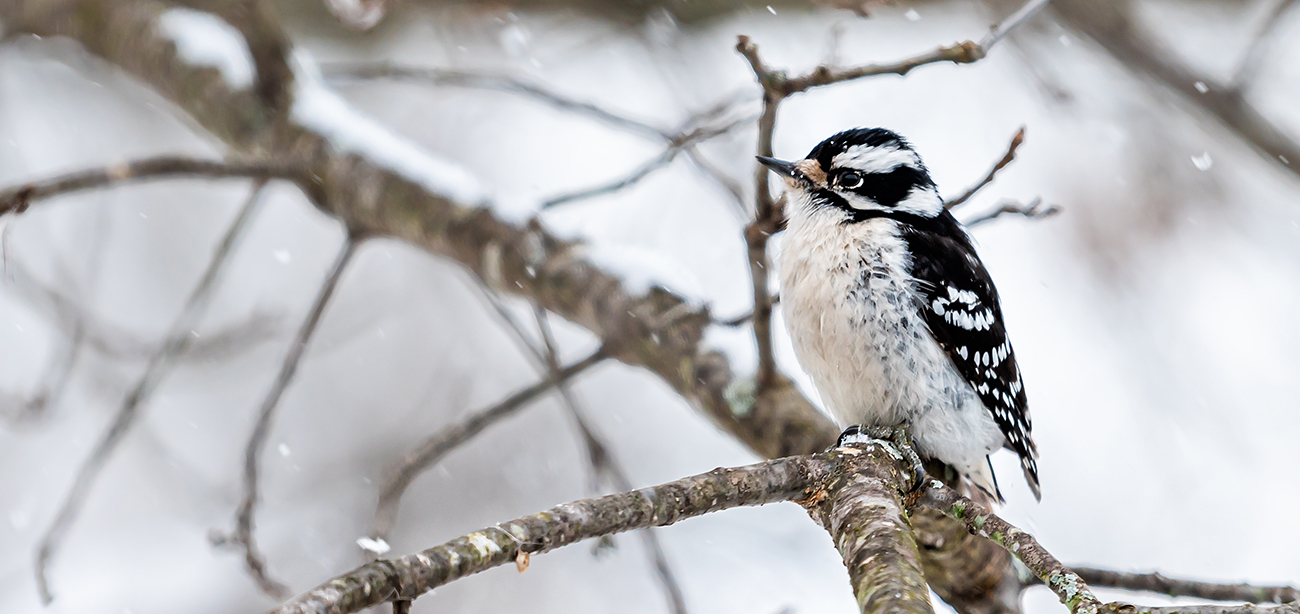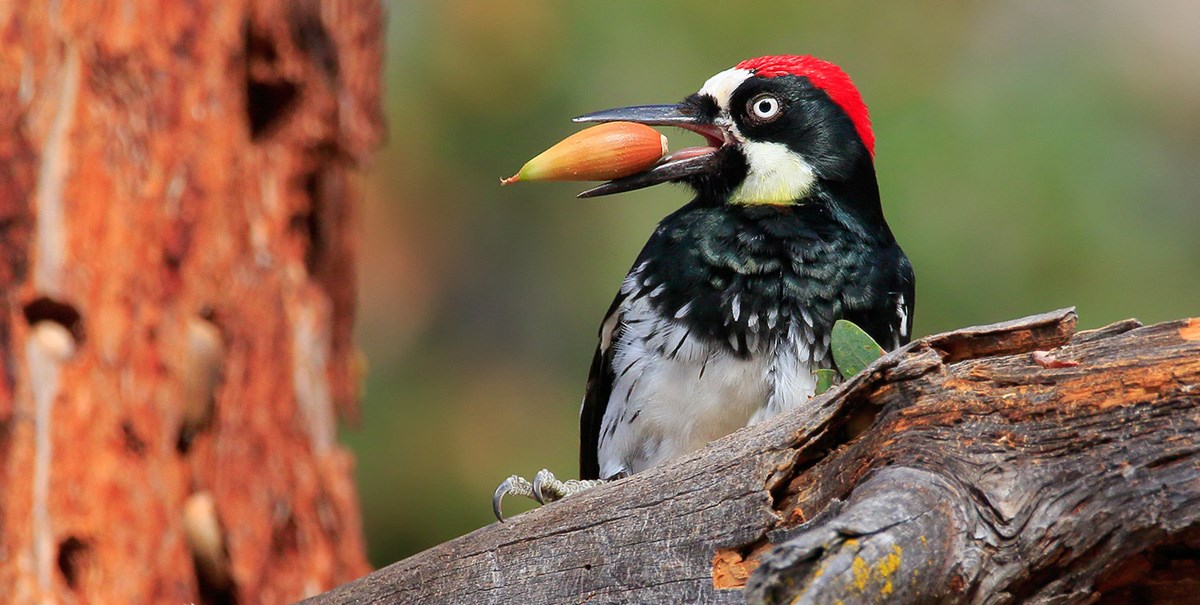Woodpeckers in Florida: Recognition Tips and Environment Preferences
Wiki Article
Unveiling the Tricks of Woodpeckers: Habits, Habitat, and More
Woodpeckers, with their unique behaviors and specialized adjustments, have lengthy fascinated researchers and nature enthusiasts alike. These exceptional birds have a variety of fascinating keys that clarified their survival strategies, environment preferences, and detailed interaction techniques. By discovering the enigmas bordering woodpeckers' actions and habitat choices, a much deeper understanding of these bird wonders emerges, supplying a peek right into their fascinating globe. So, what makes these birds really remarkable, and how do they browse their atmosphere with such accuracy and ability? Allow's discover the fascinating realm of woodpeckers and unravel the enigmatic details that make them such interesting subjects of research.Woodpecker Actions Insights
In analyzing woodpecker actions, an interesting display screen of specialized skills and adaptations arises, losing light on their impressive environmental specific niche. Woodpeckers, known for their unique drumming on trees, have a selection of behavioral attributes that add to their survival and success in their atmosphere.Additionally, woodpeckers display a special feeding behavior defined by their capacity to remove bugs from tree bark using their specialized beaks. Their lengthy, barbed tongues help in recording target, while their solid neck muscular tissues offer security and precision throughout pecking activities. This feeding technique enables woodpeckers to accessibility hidden insect larvae and remove them with impressive effectiveness.
Environment Preferences and Selection
What factors affect the environment preferences and selection of woodpeckers? One critical element affecting woodpecker habitat option is the accessibility of appropriate nesting sites. Woodpeckers typically prefer forests with a mix of mature trees that provide enough possibilities for dental caries excavation.In addition, woodpeckers reveal a preference for environments with an abundant supply of food resources. They are mostly insectivorous, feeding upon beetles, ants, larvae, and other pests located in worn out timber or tree bark. Woodpeckers often tend to favor woody areas with a varied insect populace to satisfy their nutritional needs.
Furthermore, the presence of dead or worn out trees is one more crucial factor in woodpecker environment option. These trees not only give food sources but also offer appropriate substratum for tooth cavity excavation. Dead trees are important for the upkeep of healthy and balanced woodpecker populations, as they play a crucial role in the woodpeckers' life cycle and ecological community characteristics.
Feeding Habits and Diet Plan Make-up
Woodpeckers demonstrate a specialized feeding behavior concentrated on foraging for bugs within different habitats. Their diet primarily includes bugs such as beetles, ants, caterpillars, and spiders, which they situate by tapping on tree bark and paying attention for the sound of activity inside. Woodpeckers use their strong beaks to pierce into the timber and their lengthy, barbed tongues to draw out target from crevices. In enhancement to insects, woodpeckers likewise eat tree sap, fruits, nuts, and seeds, adding range to their diet depending upon the period and availability of food resources.The foraging methods of woodpeckers are well-adapted to their arboreal way of life. Woodpeckers play an important duty in keeping the health and wellness of forests by controlling insect populaces and assisting in the disintegration of wood.
Drumming Seems and Communication
Using rapid drumming sounds on various surface areas, woodpeckers utilize an unique form of more info here interaction to indicate area boundaries and bring in companions. This drumming behavior is not just a way of communication basics but also works as a method for woodpeckers to develop their existence within a specific area. The intensity, speed, and pattern of the drumming can convey vital details to various other woodpeckers around.Woodpeckers make use of drumming audios to announce their presence in a region and to advise off possible intruders. The loud and recurring nature of the drumming functions as a clear signal to other woodpeckers that the area is currently claimed. This helps in lowering conflicts and reducing physical battles in between individuals.

Survival Adaptations and Specialized Composition

Final Thought
Finally, woodpeckers exhibit one-of-a-kind actions, such as drumming noises for communication, and have actually specialized composition for survival in their selected habitats. Their feeding behaviors and diet plan composition further show their versatility to various settings. By comprehending these aspects of woodpeckers, scientists and preservationists can better protect and maintain these interesting birds and their ecosystems.Report this wiki page